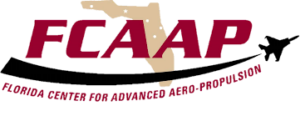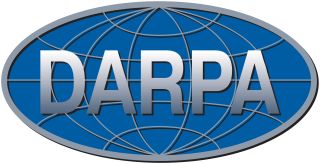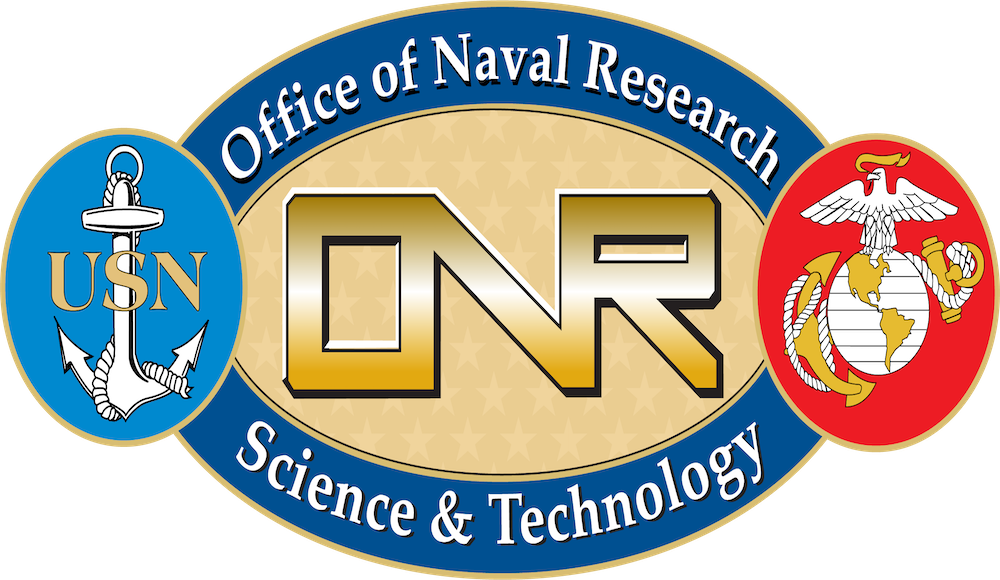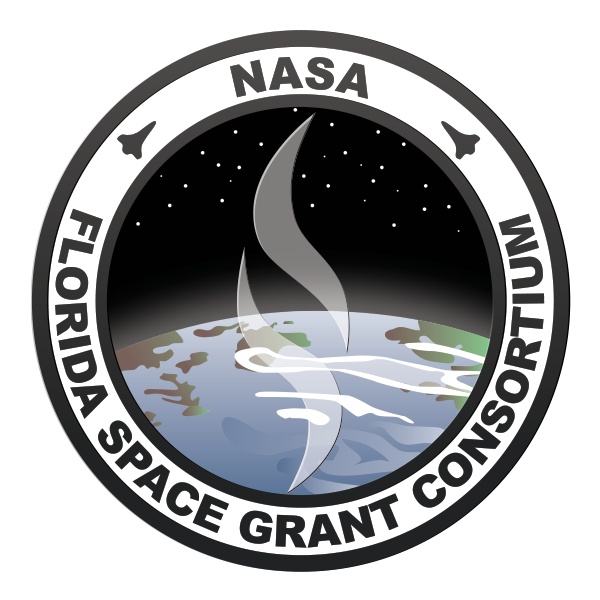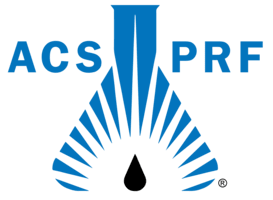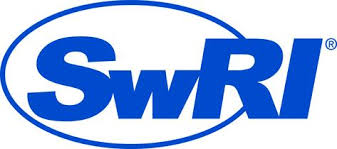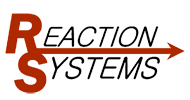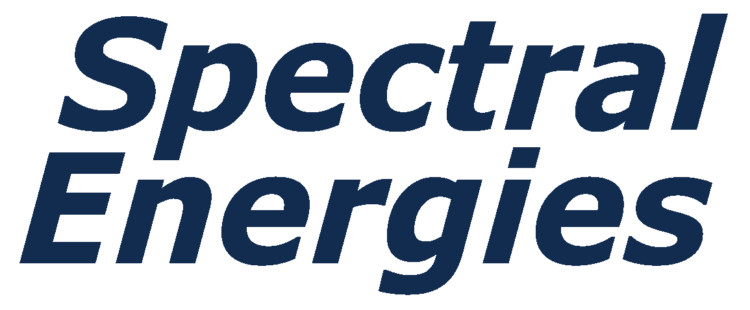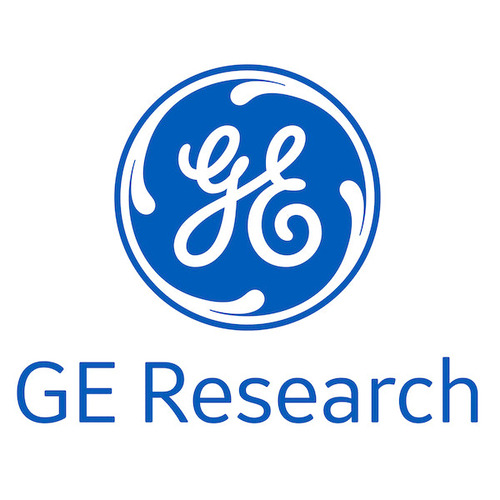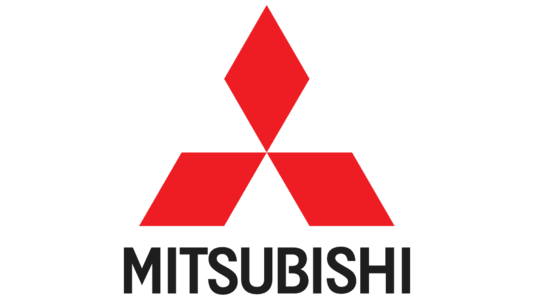Shock Tube Experiments and Modeling
- Ignition Delay Measurements: We conduct ignition delay time measurements for both conventional and alternative fuels, providing critical insights into energy efficiency and emissions reduction.
- Species Time-History Analysis: Utilizing advanced absorption diagnostics, we analyze species time-history data during pyrolysis and oxidation processes, contributing to a deeper understanding of fundamental reactions.
- Reaction Rate Investigations: Our research involves precise measurement of reaction rates in combustion and atmospheric systems, with applications in energy and environmental science.
- Catalytic Surface Ignition Studies: We explore catalytic surface ignition, a crucial aspect of combustion, to enhance energy conversion processes’ efficiency and sustainability.
- Shock Tube Physics Modeling: At the core of our work lies the modeling of shock tube physics and ignition experiments. We leverage computational simulations to gain insights into complex dynamics.
High-Pressure, High-Temperature Spherical Chamber Experiments
- Laser Plasma Interaction and Flame Kernel Formation: We investigate interactions between laser plasma and the formation of flame kernels in hydrocarbon mixtures, shedding light on critical combustion phenomena.
- Ignition and Burning Velocity Measurements: Our team measures ignition and burning velocities of hydrocarbon fuels using both laser and spark ignition sources, providing valuable data for optimizing combustion processes.
- High-Speed Imaging of Fuel Injections: We capture high-pressure gaseous and liquid fuel injections at high speed, offering insights into the dynamics of combustion, a key element in combustion system design.
- LIBS Spectroscopy for Concentration Measurements: Utilizing Laser-Induced Breakdown Spectroscopy (LIBS), we precisely measure concentrations, contributing to our understanding of combustion processes.
Diagnostics and Sensor Development
For Combustion and Emission Detection
- Soot Measurements Using Laser-Induced Extinction (613nm): We employ laser-induced extinction at 613nm to measure soot levels accurately, contributing to our understanding of combustion and emissions control.
- Mid-IR LED-Based Probes for Simultaneous Detection (CO/CO2/NO/N2O): Our team develops Mid-IR LED-based probes that enable simultaneous detection of carbon monoxide (CO), carbon dioxide (CO2), nitric oxide (NO), and nitrous oxide (N2O), aiding in emissions monitoring.
- Mid-IR ICL and QCL Absorption Diagnostics (Aldehydes, Methane, and Hydrocarbons): We utilize Mid-IR Interband Cascade Lasers (ICL) and Quantum Cascade Lasers (QCL) for absorption diagnostics of aldehydes, methane, and other hydrocarbons, enhancing our capabilities in combustion research.
- Mid-IR Frequency Comb Spectroscopy (Multi-Species Detection): Leveraging Mid-IR frequency comb spectroscopy, we achieve precise multi-species detection, providing essential data for combustion and emissions analysis.
- Tunable Diode Laser Absorption Spectroscopy (H2O, CO2, and Temperature): Our research group employs tunable diode laser absorption spectroscopy to measure water vapor (H2O), carbon dioxide (CO2), and temperature, contributing to a comprehensive understanding of combustion processes.
- OH Species Concentration Measurements Using UV Absorption: We conduct measurements of OH (hydroxyl radical) species concentrations using UV absorption techniques, facilitating insights into the combustion chemistry and emissions control.
PLIF Experiments
- Acetone PLIF for Investigating Flow Mixing: We utilize Acetone Planar Laser-Induced Fluorescence (PLIF) as a powerful tool to probe and investigate the mixing dynamics between two distinct flows, enabling a deeper understanding of combustion processes.
- OH PLIF for Flame and Heat Release Location Mapping: Our team employs Hydroxyl (OH) Planar Laser-Induced Fluorescence (PLIF) to precisely locate flame zones and heat release locations during combustion, providing critical insights into combustion efficiency and emissions control.
Synchrotron Photo-Ionization Mass Spectroscopy
- Fuel Oxidation Chemistry Speciation Experiments: Our research group conducts speciation experiments to delve into the intricate chemistry of fuel oxidation. By identifying and quantifying reaction products, we gain valuable insights into the combustion process and emissions formation.
- Reaction Rate Measurements Following Pulsed Photolytic Initiation: We employ pulsed photolytic initiation techniques to precisely measure reaction rates. This approach allows us to capture rapid chemical kinetics and understand fundamental combustion processes at a molecular level.
- Surface Effects on Gas-Phase Oxidation Probing: Our investigations extend to understanding the influence of surfaces on gas-phase oxidation reactions. We explore how various surfaces impact combustion efficiency and emissions characteristics, contributing to cleaner and more efficient combustion technologies.
Porous Combustor Experiments and Modeling
- Porous Ceramic Matrix Stabilized Combustors for Lean Fuels: Our research group focuses on the development of combustion systems using porous ceramic matrix technology to stabilize lean natural gas and liquid fuel combustors. This innovation enhances combustion efficiency and reduces emissions, contributing to cleaner energy solutions.
- Heterogeneous Combustion Model Development: We are dedicated to the development of advanced heterogeneous combustion models. These models provide a comprehensive understanding of complex combustion processes, aiding in the optimization of combustion systems for improved efficiency and reduced environmental impact.
Combustion Modeling
- HCCI Engine Modeling for Biofuel Ignition: Specializing in HCCI engine modeling, we study advanced biofuel ignition, optimizing engine performance and reducing emissions.
- Premixed Natural Gas and Hydrogen Combustion: Investigating these fuels to enhance understanding for cleaner energy conversion.
- Chemical Kinetic Model Development: We develop precise chemical kinetic models for hydrocarbon fuel combustion, aiding in cleaner and efficient combustion system design.
- Quantum Chemistry for Reaction Mechanisms: Employing quantum chemistry for in-depth analysis of chemical reactions at the molecular level.
We Would Also Like to Thank All of our Funding Partners


